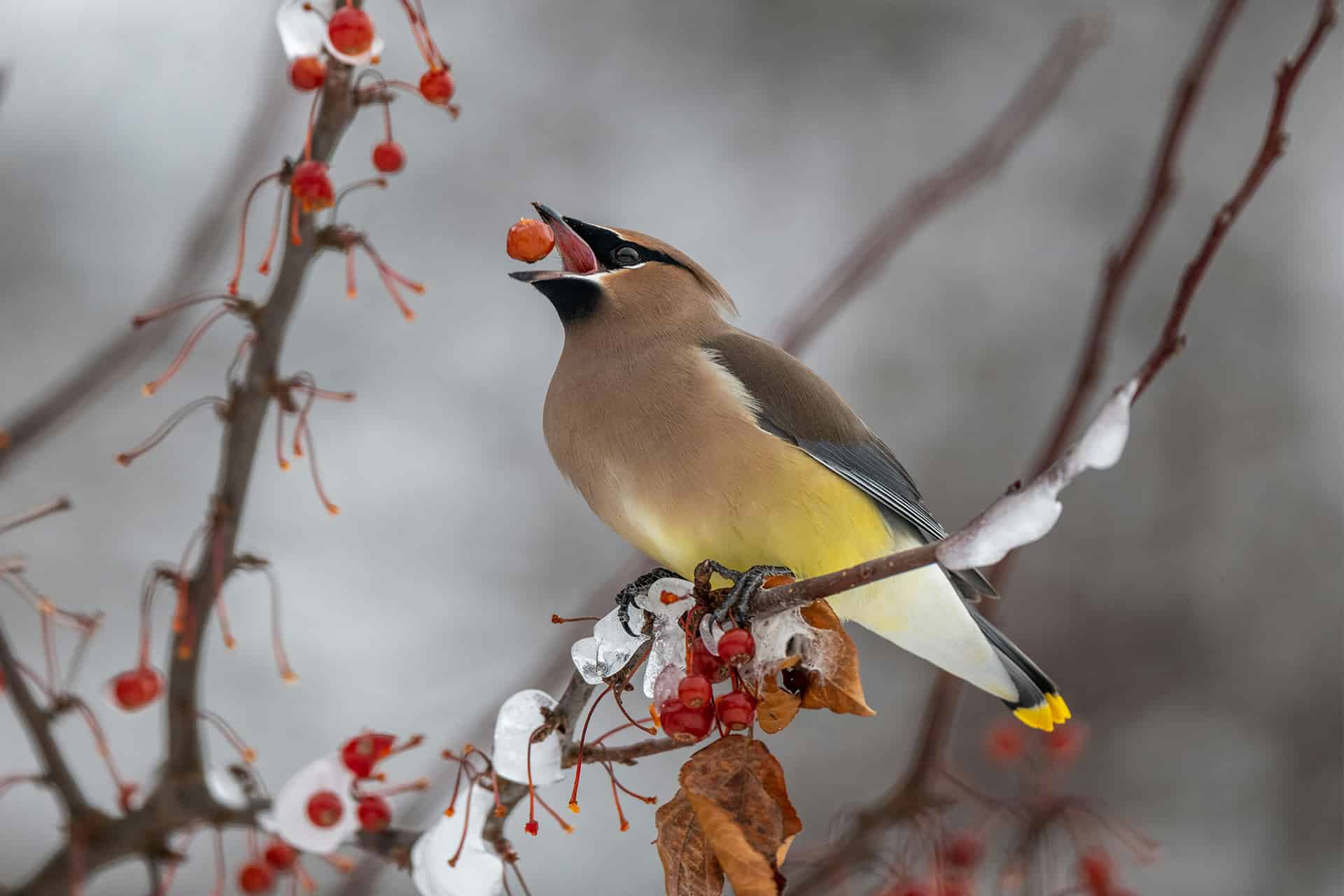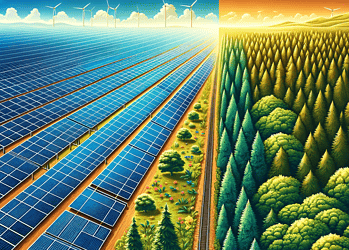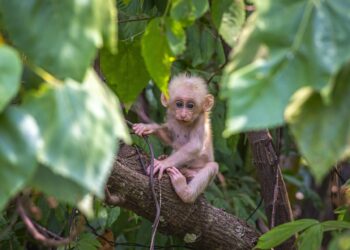
A study on the Atlantic Forest region in Brazil reveals that free movement of fruit-eating birds is crucial for restoring tropical forests.
The authors of the study claim that seed dispersal by birds plays a significant role in natural plant regeneration and carbon sequestration, affecting about 70 to 90 percent of tree species.
“Fruit-eating birds such as the Red-Legged Honeycreeper, Palm Tanager, or the Rufous-Bellied Thrush play a vital role in forest ecosystems by consuming, excreting, and spreading seeds as they move throughout a forested landscape,” the researchers note.
However, fragmented landscapes formed within forests because of deforestation, agriculture, poaching, and other human activities restrict the movement of wild birds, reducing their carbon recovery potential to a large extent.
“Allowing larger frugivores to move freely across forest landscapes is critical for healthy tropical forest recovery,” Carolina Bello, lead study author and a postdoc researcher at ETH Zurich, said.
Less carbon sequestration means there will be less carbon available in the soil, adversely affecting its fertility, water retention capacity, and nutrient content. This will further hurt the growth of microbes and plants.
Regenerating a forest is better than replanting one

The fragmentation of forests is a big problem. The Atlantic Forest is one of the world’s biggest biodiversity hotspots. It is home to nearly seven percent of all plant species and five percent of all vertebrate species on Earth.
However, it is also one of the most fragmented tropical forests. About 88 percent of its vegetation is lost, and now 12 percent of the original forest is left. The remaining forest is a patchwork of scattered micro-forests, many of which are too far apart from each other to support bird movement.
To restore the forest and save it from further damage, in 2009, public and private institutions came together and established the Atlantic Forest Restoration Pact. As of 2020, nearly 1.5 million hectares of previously deforested forest have been naturally regenerated. The target is to restore 15 million hectares of forest by 2050.
But why go so slow, why don’t they just directly plant millions of new trees in the forest instead? Wouldn’t that be a more practical and faster approach? While reforestation can increase green cover fast, it isn’t enough to improve the degraded soil quality and biodiversity.
In order to thrive, forests need a healthy ecosystem that ensures good soil quality and supports pollination, seed dispersal, and adequate carbon sequestration. All of this can only be achieved when a forest is allowed to regenerate naturally by putting an end to poaching and allowing the free movement of birds and animals.
Moreover, according to some previous studies, active plantation costs 77 percent more than natural regeneration, making the latter a more practical choice. However, you can’t restore every area in a forest as it also depends on the landscape.
“By identifying the thresholds of forest cover in the surrounding landscape that allow seed dispersal, we can identify areas where natural regeneration is possible, as well as areas where we need to actively plant trees, allowing us to maximize the cost-effectiveness of forest restoration,” Danielle Ramos, co-study author, said.
The role of frugivorous birds in forest restoration

The researchers examined the effect of seed dispersal on the carbon storage potential of landscapes with limited and high fragmentation. The results their study revealed were shocking.
They found that in highly fragmented areas where wild tropical birds can’t move freely, the carbon recovery potential dips by up to a staggering 38 percent. It means that forests in such areas can recover only 62 percent of the sequestered carbon lost due to deforestation, wildfire, and other events causing damage to vegetation and biodiversity.
“We have always known that birds are essential, but it is remarkable to discover the scale of those effects. If we can recover the complexity of life within these forests, their carbon storage potential would increase significantly,” Thomas Crowther, senior study author and a professor of Ecology at ETH Zurich, said.
The data from the study also suggest that two forested areas within the large forest shouldn’t be located more than 133 meters (436 feet) away from each other. Otherwise, birds will find it difficult to move across the forests, adversely affecting seed dispersal and pollination activities. This entails that effective forest regeneration must necessarily also include plating new fruit trees to bridge the gaps between fragmented forests.
Interestingly, the size of birds and the seeds they disperse also affect the carbon recovery in forests. For instance, large birds like Toco toucans disperse seeds from trees that have greater carbon storage potential.
However, the large birds can’t help much with forest recovery in highly fragmented landscapes because they don’t fly there. Smaller birds, on the other side, can effectively distribute seeds in fragmented areas but they pick seeds from trees with less carbon storage potential.
This also means that it is the fruit-eating birds that have the most potential for rain forest regeneration.
“This crucial information enables us to pinpoint active restoration efforts – like tree planting – in landscapes falling below this forest cover threshold, where assisted restoration is most urgent and effective,” Daisy Dent, a scientist, and leader of the Restoration Ecology group at ETH Zurich, said.
The study is published in the journal Megataxa.






